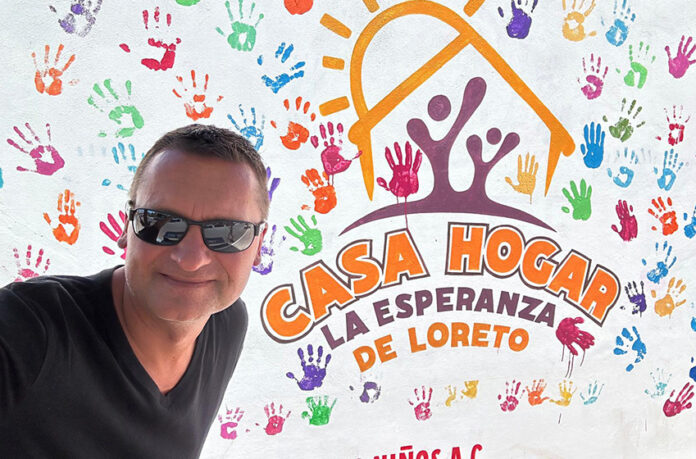I admit it, the Baja California peninsula wasn’t an area of Mexico that I was initially interested in. I even wrote about how I had to learn to love Cabo and after a particularly memorable trip to the area asked, “Is renting a car in Mexico always a nightmare?” Little by little, I ventured out further from Cabo San Lucas. First to San Jose del Cabo, then Todos Santos, and then La Paz and the stunning Balandra beach area.
As I met more people who have traveled the peninsula, I increasingly heard that the most special parts of Baja are Cabo Pulmo and the areas further north from La Paz. Time and time again I was told stories about the amazing wildlife, the epic beaches, the beautiful mountains and the lack of crowds. Given that my wife and I love nature travel, it was always high on our “next place to go” list. But given the aversion that we have to driving too much on a vacation, we would look at the driving distances and ultimately decide to go elsewhere. It took my college buddy Eric and his family to finally convince us to join them on an adventure up the peninsula to explore these areas. And so a few weeks ago, we did.
We started out with several days in Cabo Pulmo, leaving the comfy confines of paved roads, chain grocery stores and fancy restaurants in Cabo San Lucas and heading out on the dirt road (highway?) leading up the coast along the Sea of Cortez, on the eastern side of the peninsula. Within minutes of leaving the tourist corridor and San Jose del Cabo, things change very quickly. The road becomes unpaved, dusty and curvy, with an occasional burro to avoid hitting. The sweeping views of the sea invite you to stop at random beaches to take it all in. There is almost nobody to be seen.
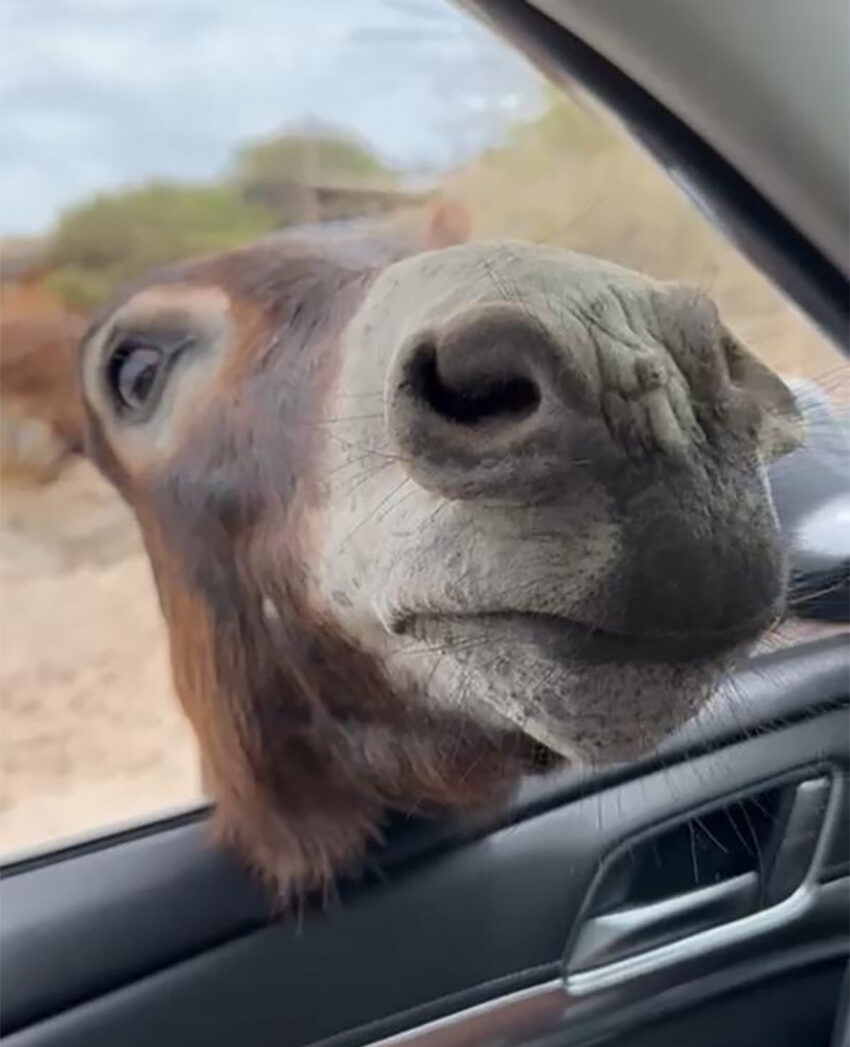
Cabo Pulmo was a surprise — absolutely full of wildlife despite being less than a two-hour drive from the big cities. You would expect it to be much bigger but in fact, it’s tiny. Forget about the food or lodging quality. Here, it’s all about the wildlife — and we were not disappointed. On our one full day there we spent almost every minute in the ocean swimming with and admiring the marine life. In that one day we swam with dolphins, sharks, moray eels, sea lions, turtles, giant schools of jackfish and countless tropical fish. We have snorkeled around the world and this was one of the very best days ever, hands down.
Our time in La Paz was quick as we had all been there several times before. Just enough time for a nice dinner and lovely evening stroll on the packed malecón and then a few hours at Balandra beach the next morning. And then it was on to Loreto and points further north.
Loreto is famous for the oldest mission in the “Californias” (including Baja California and Baja California Sur in Mexico and the U.S. state of California). Its beautiful beaches and dramatic mountains are also legendary. I had seen pictures and heard stories of the beauty and it most certainly does not disappoint. Our first day in Loreto was a special one, not because of the mission, the beaches or the mountains, but rather some great encounters with locals.
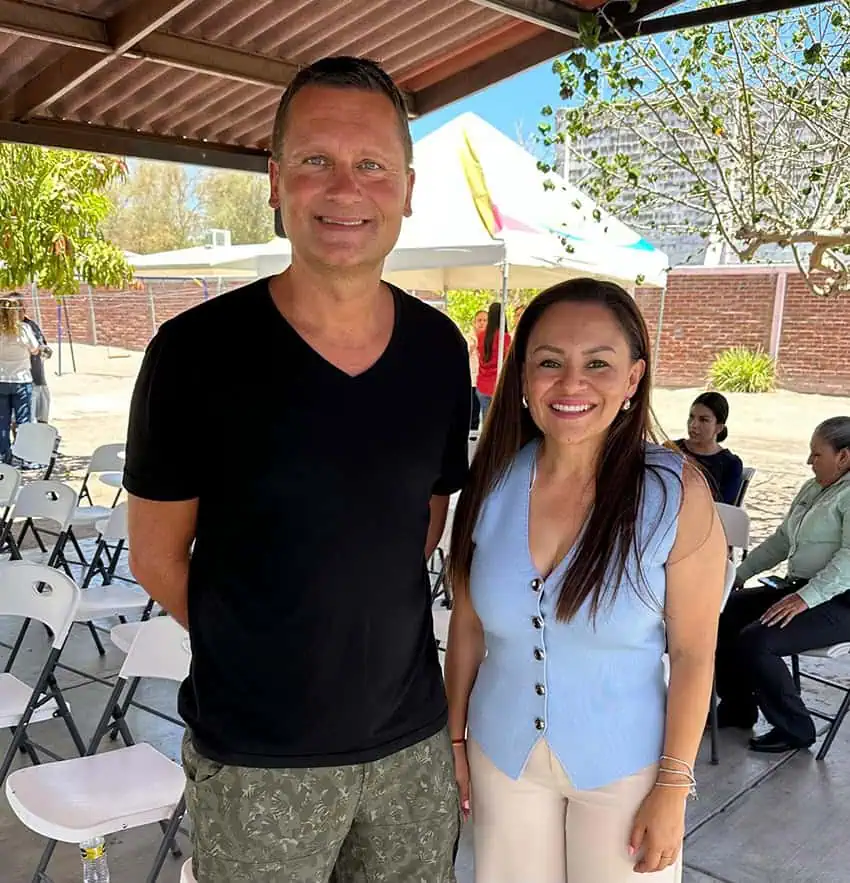
Prior to the trip, a friend from San Diego had told me that I had to meet some people — Linda and Tony — in Loreto when I was there. So I reached out and they invited me to a special event that was going to be happening in town our first full day there. That day started with me going to an inauguration of a new center for children from troubled families called Casa Hogar de Esperanza. After arriving at the center and marking my hand print on the entryway wall, I sat down and listened to the presentation of the volunteers and donors who made the day possible.
There were sad stories of the kids — aged 4-8 — who needed to come to the center after courts ordered their removal from their homes, mixed with absolutely beautiful and inspiring stories of the volunteers and donors committed to giving the kids a peaceful, stable place to get back on track. The event ended with the kids being let into the new center — with each one finding their bed with a personalized water bottle and stuffed animal. The young kids had already been through so much, and yet this simple gesture left them screaming with joy and excitement. It was an incredibly touching moment.
The newly elected mayor of Loreto was there. I spent time talking to her about her priorities for the city. She started by saying “this right here,” meaning the kids and the people of Loreto. She then brought up an unexpected topic: tires. She said that lots of people need cars in the city due to the lack of public transportation. That, combined with less than ideal road conditions, lead to a lot of used and discarded tires.
She said that historically the city and surrounding areas had a tire disposal problem and that the tires ultimately ending up being discarded all over town and even in the ocean. She proudly told me that this week, the first shipment of 1,200 used tires — enough to fill an entire semi-trailer — is going from Loreto to a tire recycling plant near that U.S.-Mexico border. She was passionate about the project and the positive impact on the city and said that they hoped to send a shipment every month or two. Who would have thought tires would be on the mind of the mayor.
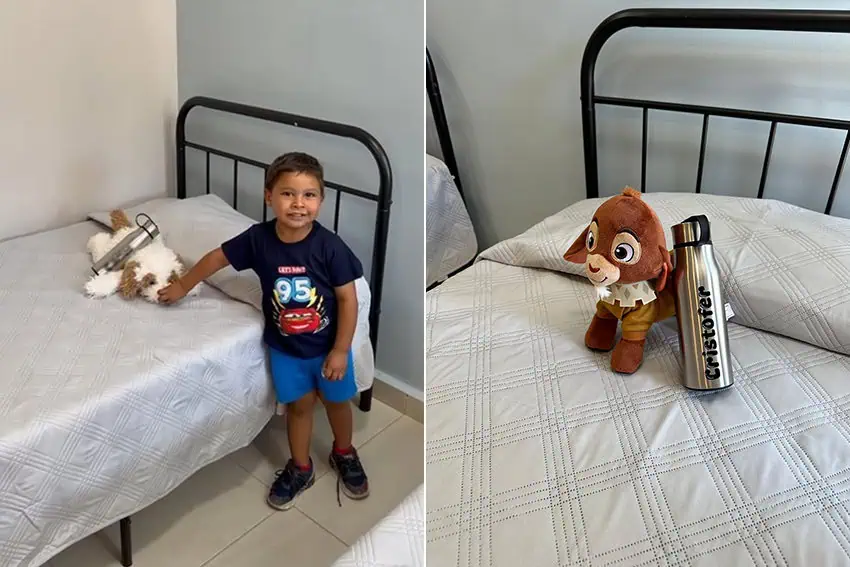
After that conversation, I went to see the Eco-Alianza NGO offices in downtown Loreto. Eco-Alianza is the creation of Linda and Tony Kinninger, long time residents of Loreto originally from Southern California. Tony first came to Loreto over 50 years ago and both him and Linda are passionate about the area. Equally enthralled by the raw natural beauty of the area and concerned about the lack of rules, regulations and customs to protect it, they decided to do something about it.
Out of this love for the area and desire to protect it, Eco-Alianza was born over a decade ago. The organization is focused on education, awareness and impact on the natural resources in and around Loreto. They give classes in every school, at every grade level about the importance of recycling, protecting the environment and respecting nature. The children in turn help change the behaviors of their parents and family members. One class at a time, Eco-Alianza is helping create a culture that recognizes that responsible tourism and development can be a driver of economic growth for the city.
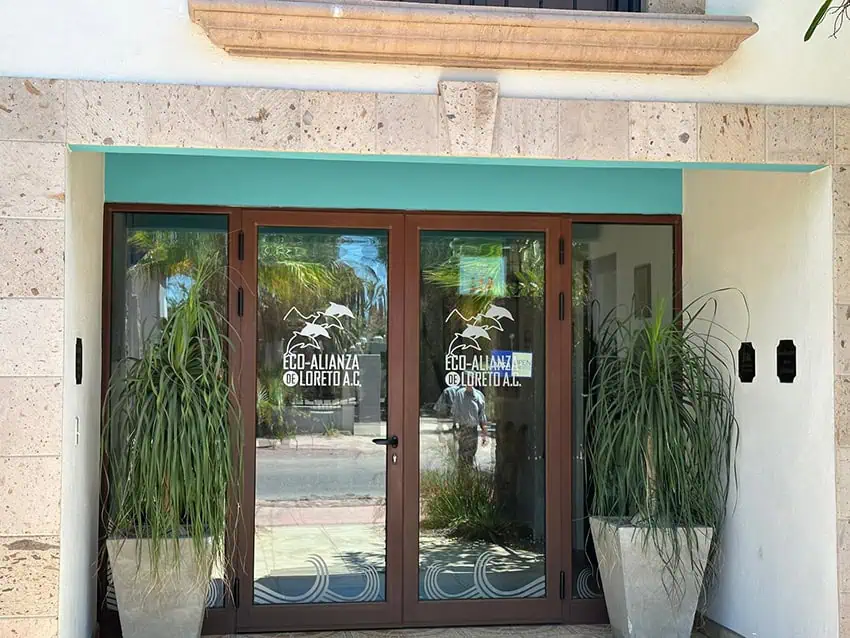
The organization also does water quality sampling and testing and yes, turtle population surveys. The highlight of the tour was a presentation done by every member of the organization on the mission, purpose and activities of each person. The passion and commitment they displayed for their causes was inspiring. I thanked them all for choosing a career with an impact much bigger than just themselves. A group of college kids from Notre Dame University was there doing a project on water. It was like one big family. You can learn more about the great work that Eco-Alianza does on their website.
Many facets of modern day life can be quite troubling. We are constantly innundated with negative news about politics, the economy, climate change, wars, mental health problems, AI existential risks … the list goes on and on and on. It can be both depressing and paralizing — what can we do on a small scale when there are so many big problems? My trip up the Baja coast and short time in Loreto gave me insight into what is likely part of the answer. Whether it be kids, tires or nature, just pick something you are passionate about and believe you can make an impact on — then work hard to make it happen!
Travis Bembenek is the CEO of Mexico News Daily and has been living, working or playing in Mexico for nearly 30 years.
